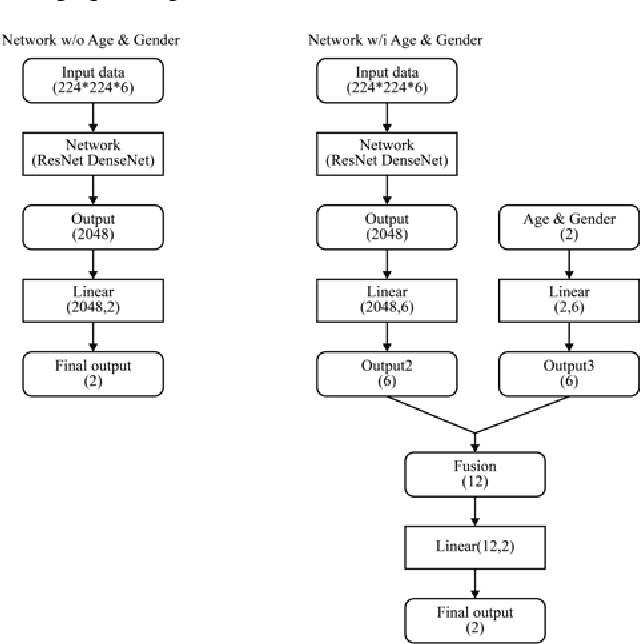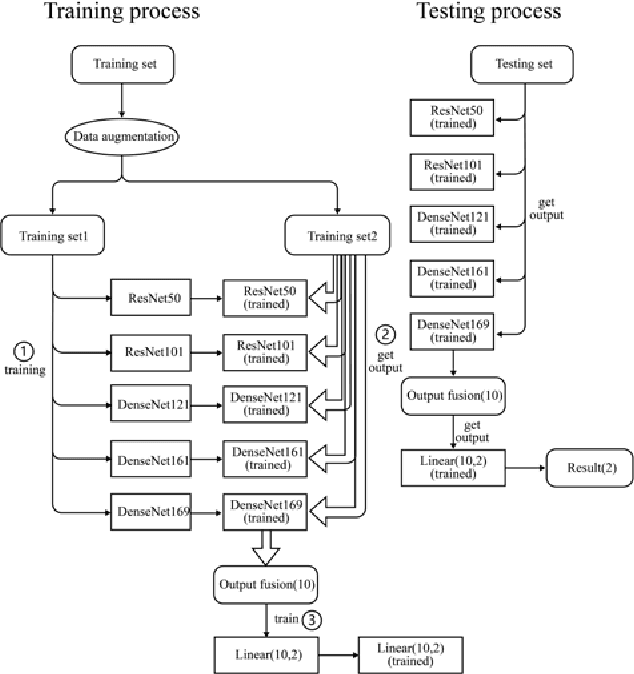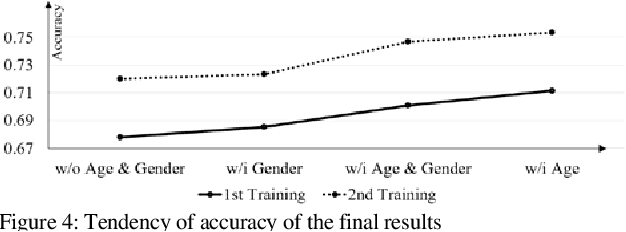Mingyang Gao
Fast-Forward Lattice Boltzmann: Learning Kinetic Behaviour with Physics-Informed Neural Operators
Sep 26, 2025Abstract:The lattice Boltzmann equation (LBE), rooted in kinetic theory, provides a powerful framework for capturing complex flow behaviour by describing the evolution of single-particle distribution functions (PDFs). Despite its success, solving the LBE numerically remains computationally intensive due to strict time-step restrictions imposed by collision kernels. Here, we introduce a physics-informed neural operator framework for the LBE that enables prediction over large time horizons without step-by-step integration, effectively bypassing the need to explicitly solve the collision kernel. We incorporate intrinsic moment-matching constraints of the LBE, along with global equivariance of the full distribution field, enabling the model to capture the complex dynamics of the underlying kinetic system. Our framework is discretization-invariant, enabling models trained on coarse lattices to generalise to finer ones (kinetic super-resolution). In addition, it is agnostic to the specific form of the underlying collision model, which makes it naturally applicable across different kinetic datasets regardless of the governing dynamics. Our results demonstrate robustness across complex flow scenarios, including von Karman vortex shedding, ligament breakup, and bubble adhesion. This establishes a new data-driven pathway for modelling kinetic systems.
The Influence of Age and Gender Information on the Diagnosis of Diabetic Retinopathy: Based on Neural Networks
Aug 06, 2021



Abstract:This paper proposes the importance of age and gender information in the diagnosis of diabetic retinopathy. We utilized Deep Residual Neural Networks (ResNet) and Densely Connected Convolutional Networks (DenseNet), which are proven effective on image classification problems and the diagnosis of diabetic retinopathy using the retinal fundus images. We used the ensemble of several classical networks and decentralized the training so that the network was simple and avoided overfitting. To observe whether the age and gender information could help enhance the performance, we added the information before the dense layer and compared the results with the results that did not add age and gender information. We found that the test accuracy of the network with age and gender information was 2.67% higher than that of the network without age and gender information. Meanwhile, compared with gender information, age information had a better help for the results.
 Add to Chrome
Add to Chrome Add to Firefox
Add to Firefox Add to Edge
Add to Edge